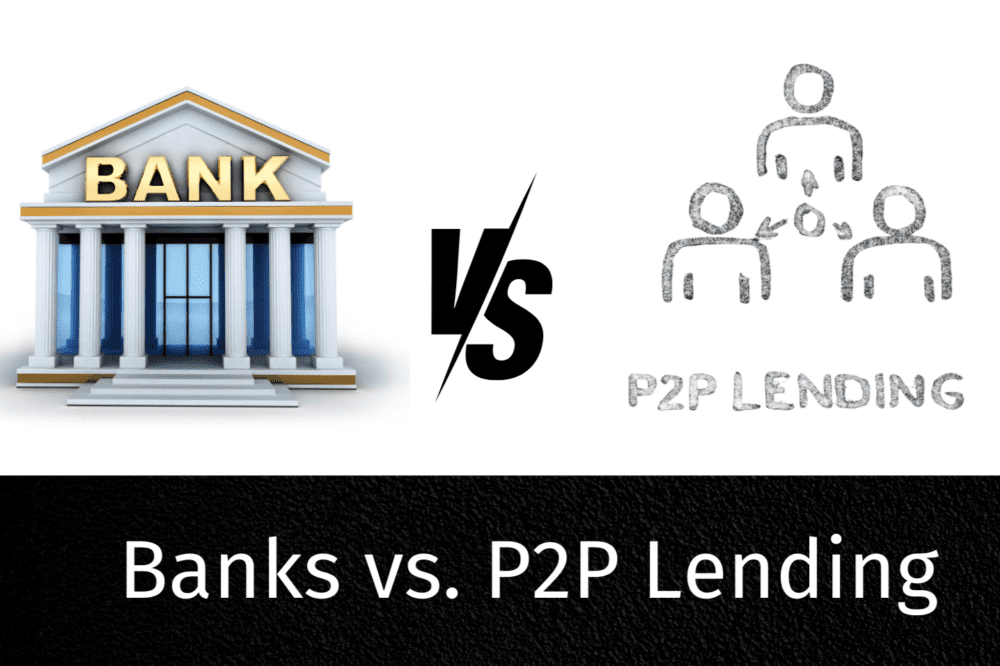Peer-to-peer (P2P) lending has undergone a significant transformation since its inception in the mid-2000s. Fast-forward to 2025, and the P2P lending industry is playing a critical role in global financial markets. As an alternative financing method, P2P platforms connect borrowers directly to investors, bypassing traditional banks. This system has become especially appealing in emerging economies and to a tech-savvy generation seeking higher returns and accessible credit. This blog delves into the evolution, benefits, risks, and projections for P2P lending in 2025, based on recent data and expert opinions.
The Rise of P2P Lending
In 2025, the P2P lending market continues its rapid expansion, fueled by fintech innovations, decentralized financial systems (DeFi), and increased demand for alternative financing solutions. According to recent estimates, the global P2P lending market is valued at over $500 billion, growing at a compound annual growth rate (CAGR) of 15% between 2020 and 2025.
One of the major driving factors behind this growth is the increased trust in digital platforms and the adoption of blockchain technologies, which have enhanced the transparency and security of P2P transactions. Borrowers, especially SMEs and individuals with limited access to traditional credit, can now access loans at competitive rates. On the other hand, investors are drawn to P2P lending for its potential to deliver higher returns compared to traditional savings accounts and bonds, often offering returns between 6% and 12%, depending on the platform and risk level.
Key Trends Shaping P2P Lending in 2025
1. Blockchain Integration
By 2025, blockchain technology has become an integral part of most P2P lending platforms. Blockchain not only ensures the immutability and security of transactions but also enables smart contracts that automate and enforce loan agreements without intermediaries. This advancement reduces the risk of default and fraud, enhancing trust among participants.
2. AI-Powered Credit Scoring
Traditional credit scores have long been a barrier for many borrowers. In 2025, P2P platforms utilize AI-powered algorithms to assess borrowers’ creditworthiness, considering a wide range of non-traditional data points such as social behavior, transaction history, and even psychometric data. This leads to a more inclusive financial system, offering loans to a broader range of borrowers who may not have qualified under traditional scoring systems.
3. Decentralized Finance (DeFi) Influence
Decentralized Finance (DeFi) has revolutionized P2P lending by eliminating the need for centralized authorities. In 2025, many P2P platforms operate as part of DeFi ecosystems, allowing users to lend and borrow crypto assets directly through decentralized protocols. This system reduces operational costs, allowing for lower interest rates for borrowers and higher yields for investors.
4. Regulatory Developments
As P2P lending becomes mainstream, regulatory bodies have tightened their frameworks to protect investors and borrowers. In 2025, most major economies have developed comprehensive regulations for P2P lending platforms, focusing on risk mitigation, transparency, and compliance. These regulations help maintain the credibility of the sector and encourage institutional investors to participate in P2P lending, bringing more liquidity into the market.
Benefits of P2P Lending in 2025
1. Increased Accessibility to Credit
For borrowers, particularly SMEs and those with limited credit history, P2P lending provides an alternative source of capital that traditional financial institutions may not offer. The simplified application processes and faster loan disbursement on these platforms make borrowing more accessible and efficient.
2. Higher Returns for Investors
In the low-interest-rate environment of 2025, investors are attracted to P2P lending for the potential of higher yields. While risk remains a concern, advanced risk-assessment tools and diversified portfolios help mitigate these challenges, providing investors with steady returns that outpace conventional financial instruments.
3. Portfolio Diversification
Investors in 2025 increasingly view P2P lending as a diversification tool. With equity markets becoming more volatile, and fixed-income products offering minimal returns, P2P loans provide a middle ground. Platforms also allow investors to spread their risk across multiple borrowers and categories, further enhancing diversification benefits.
Risks and Challenges
Despite the advancements in technology and regulation, P2P lending in 2025 is not without its risks. Default rates, while lower than in previous years due to AI and blockchain innovations, still present a concern. For instance, riskier borrowers may default during economic downturns, and in cases of decentralized platforms, lack of legal recourse can exacerbate losses for investors.
Another challenge is the risk of cyberattacks. As P2P platforms rely on digital infrastructures, they are susceptible to hacking and data breaches, which can compromise user information and platform integrity. While cybersecurity measures have improved, P2P platforms must continue to invest in advanced security protocols.
Loan planning isn’t just about borrowing—it’s about structuring debt to strengthen your finances. Our Qualified Financial Advisor helps you balance EMIs, interest costs, and cash flow so every loan supports your long-term stability.
The Future Outlook of P2P Lending
As P2P lending continues to grow, experts predict that the industry will become more integrated with traditional financial systems. Banks and financial institutions are likely to partner with P2P platforms, utilizing their technology to offer more efficient credit products to a broader range of customers. Additionally, the adoption of Central Bank Digital Currencies (CBDCs) could streamline cross-border P2P transactions, reducing the time and cost associated with international lending.
By 2030, P2P lending may evolve into a hybrid model where decentralized platforms coexist with regulated financial systems, providing borrowers and investors with even more options. The potential for P2P lending to drive financial inclusion, particularly in emerging markets, will be a major force shaping the global economy.
Conclusion
In 2025, P2P lending has firmly established itself as a viable alternative to traditional banking, offering numerous benefits to both borrowers and investors. With continued innovation in blockchain, AI, and DeFi, the industry is set to expand further. However, participants must remain aware of the inherent risks and regulatory challenges that come with a rapidly evolving financial landscape. As we look towards the future, P2P lending will undoubtedly play a pivotal role in democratizing finance and reshaping the global lending ecosystem.







